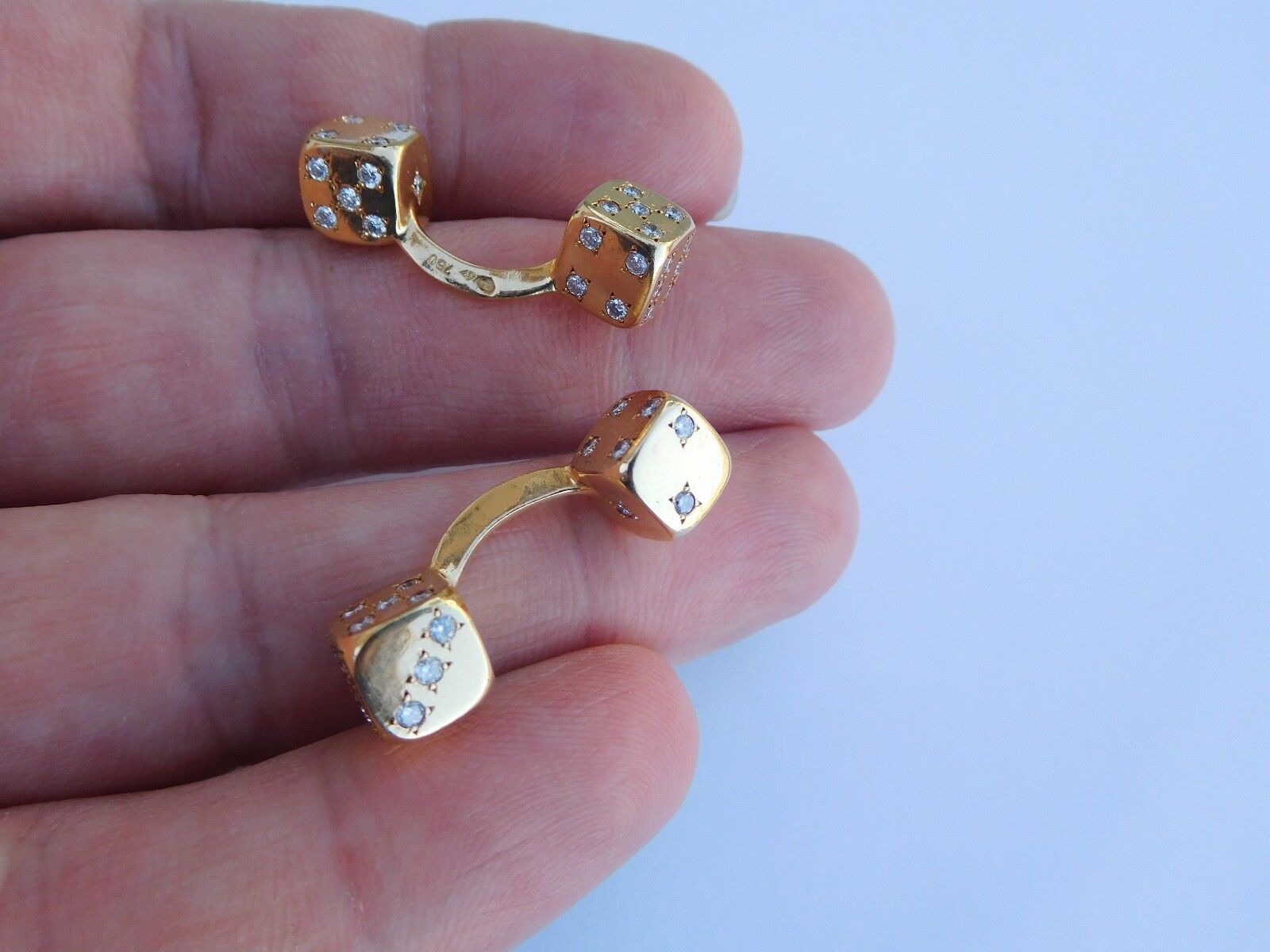-40%
SALE Art Deco Theodor Fahrner Sterling Gilt Gold Brooch, 2 Earring Sets w Pearls
$ 155.76
- Description
- Size Guide
Description
Orchid Brooch and two sets of earrings with marcasites and pearl in each piece of jewerly. Items will ship w insurance tied to final bidding price. Theodor Fahrner, at the age of 24, in 1883, took over his father’s business and workshop in Pforzheim, Germany manufacturing high-quality and mass-producing rings, gold and silverwear, and jewelry designs by artists in the Mathildenhohe artists colony located near Frankfurt, Germany. By 1887-1895, the firm expanded into manufacturing other jewelry, necklaces, bracelets, brooches, and earrings employing artists who designed jewelry. Jewelry artists included were Franz Boeres, Rudolf Bosselt, Max Joseph Gradl, Hermann Haussler, George Kleemann, Ferdinand Morawe and others creating jewelry of Art Nouveau and/or Jugendstil style (an artist style that arose in Germany about the mid-1890s and continued through the first decade of the 20th Century that was a combination of English Art Nouveau design before 1900, (floral in character), Japanese applied art and prints, and later more abstract phase of Viennese work).Fahrner allowed the artist/designer’s name to appear on their pieces along with his own TF trademark with the new trend of streamlined modern designs inspired by the major European Art movement or Arts & Crafts, Art Nouveau, Art Deco, Art Moderne and Contemporary styles in affordable silver jewelry. Working in silver, enamel, marcasites, iron and semi-precious stones, the designers made each contemporary style of jewelry in hundreds of jewelry pieces available to a wide segment of the population exporting large quantities to near and distant cities including London and the U.S.A.
Theodor Fahrner’s firm manufactured and mass produced high quality rings, gold and silverware, and sterling silver jewelry in necklaces, bracelets, brooches, and earrings designed by artists in the Mathildenhohe artists colony. Some of the jewelry has produced high selling prices in 2001, from ,700 to ,500 (made in the 1920s era).
Fahrner’s jewelry designs contained lots of enamel, sterling silver metal of various silver content, and faceted colored stones of turquoise, green agate, amazonite, chalcedony, rock crystal, pearl, marcasites, hematite, coral, onyx, and amethyst. In 1901, the TF trademark was introduced. In 1919, Theodor Fahrner died and the firm was purchased by Gustav Braendle and the firm’s name became Gustav Braendle, (Herbert Braendle in 1952), Theodor Fahrner Nachf.
In the 1920s and 1930s into WWII, the Deco style jewelry of Fahrner was produced by the firm with filigree jewelry produced in 1932. In 1945, a bomb destroyed all of the archives. In 1952, Gustav Braendle died with son Herbert now leading the company. 1954 brought on a reduced workforce due to changing jewelry fashions and by 1960, the company was producing modern silver jewelry with stones expanded by the Antique Art series of gold and silver with Roman and Egyptian motifs. Marks: "Germany Sterling TF 935", "TF ‘ 950‘", "Theodor Fahrner Germany 935", "TF (in circle) Sterling Germany", "TF and Germany", "TF (in circle) 925 Original Fahrner" (after 1932), "artist/designer name, TF (in circle) for trademark and silver content # (925, 935, or 950)".
In 1979, Herbert Braendle died and the firm of Gustav Braendle, Theodor Fahrner Nachf was dissolved with most of the firm’s records destroyed. The jewelry pieces produced by Theodor Fahrner’s company are sought after by collectors with pricing exceptionally high.


















